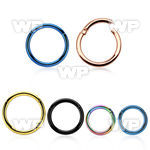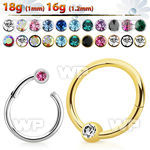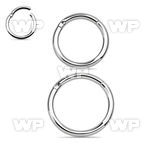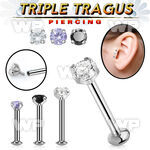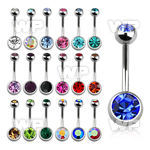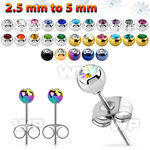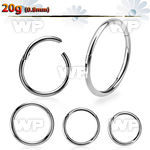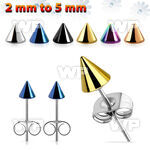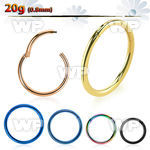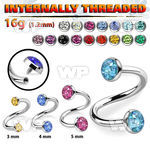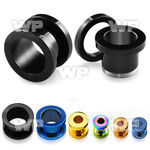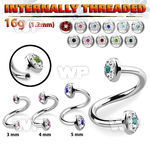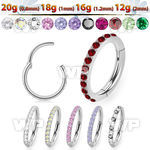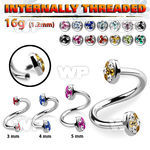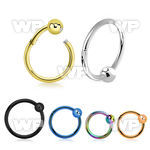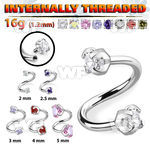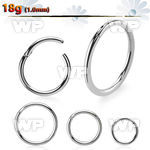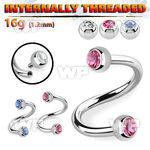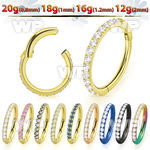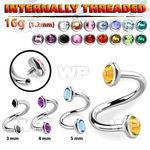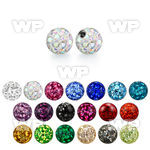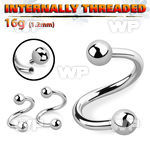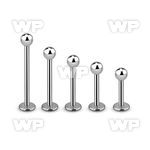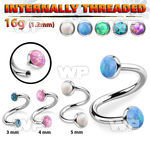Implant grade 316L Steel
Surgical stainless steel or shortly surgical steel is the term used informally when referring to types of stainless steel that are used in body jewelry or biomedical applications. The most standard surgical steels are the austenic 316 types of stainless steel and the 440 and 420 martensitic types of steel. Even there is currently no formal definition anywhere in the world which constitutes a surgical steel. Therefore factories and distributor may use this term to designate any grade of steel which is corrosion resistant. However in the body jewelry industry it is the standard that this term is only used for the 316L type of steel.
So what exactly is 316L surgical steel ? By definition the 316L stainless steel in a molybdenum bearing austenitic stainless steel. Its main strength are its high corrosion resistance, high formability, resistance to deformation under a continuous therefore it is perfectly suited to be used in the production of high quality body jewelry.
So what does exactly the L means. The L when used in the designation of a steel means that it contains a lower percentage of carbon which need to be below the 0.03% of the total weight. This allows the steel to be even more resistant to corrosion since it ensures an even distribution of the chromium molecules in the steel which is the main element which products stainless steel from corrosion. The exact Grade of 316L steel used in Body Jewelry is 316LVM with the ASTM designation which ATFM F 138. The exact chemical composition of this steel is Iron = 62% – 72% / Chromium 17% – 19% / Nickel 13% – 15% / Molybdenum 2.25% – 3% / Manganese 2% / Nitrogen 0.1% / Silicon 0.75% / Phosphorus 0.025% / Sulphur 0.03% / Carbon 0.03% and the amount of copper is not allowed to exceed 0.5%)
However for a perfect piece of body jewelry not only the grade of steel is important but also the amount of nickel it releases to the human body per cm2 of surface since and excessive amount can lead to complications such as a alergic reactions. The most commun testing designation are the European one European standards BS EN 12472:2005 + A1:2009 + BS EN1811:2011 which specify that the amount of nickel released per cm2 During one week can not exceed 0.28 microgram.
Of course in Acha all our wholesale surgical steel body jewelry matches the highest requirements and are made from Implant Grade Surgical steel ASTM F138 which complies with all the above mentioned nickel release directives

